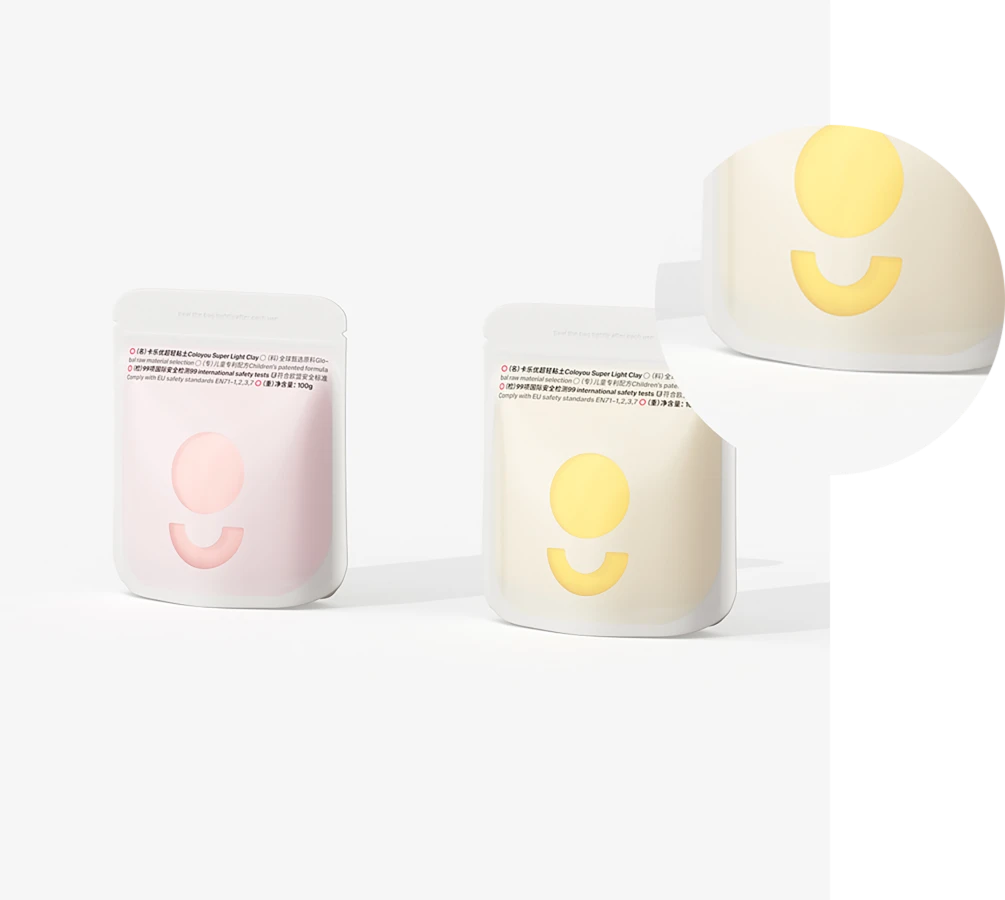- Afrikaans
- Albanian
- Amharic
- Arabic
- Armenian
- Azerbaijani
- Basque
- Belarusian
- Bengali
- Bosnian
- Bulgarian
- Catalan
- Cebuano
- chinese_simplified
- chinese_traditional
- Corsican
- Croatian
- Czech
- Danish
- Dutch
- English
- Esperanto
- Estonian
- Finnish
- French
- Frisian
- Galician
- Georgian
- German
- Greek
- Gujarati
- haitian_creole
- hausa
- hawaiian
- Hebrew
- Hindi
- Miao
- Hungarian
- Icelandic
- igbo
- Indonesian
- irish
- Italian
- Japanese
- Javanese
- Kannada
- kazakh
- Khmer
- Rwandese
- Korean
- Kurdish
- Kyrgyz
- Lao
- Latin
- Latvian
- Lithuanian
- Luxembourgish
- Macedonian
- Malgashi
- Malay
- Malayalam
- Maltese
- Maori
- Marathi
- Mongolian
- Myanmar
- Nepali
- Norwegian
- Norwegian
- Occitan
- Pashto
- Persian
- Polish
- Portuguese
- Punjabi
- Romanian
- Russian
- Samoan
- scottish-gaelic
- Serbian
- Sesotho
- Shona
- Sindhi
- Sinhala
- Slovak
- Slovenian
- Somali
- Spanish
- Sundanese
- Swahili
- Swedish
- Tagalog
- Tajik
- Tamil
- Tatar
- Telugu
- Thai
- Turkish
- Turkmen
- Ukrainian
- Urdu
- Uighur
- Uzbek
- Vietnamese
- Welsh
- Bantu
- Yiddish
- Yoruba
- Zulu
Understanding the GSM Measurement for Different Types of Cardstock
Understanding the GSM of Cardstock What You Need to Know
When it comes to crafting, printing, and designing, one of the most important factors to consider is the type and quality of paper you are using. Among the various options available, cardstock is a popular choice for many projects, ranging from making greeting cards to crafting invitations and scrapbook pages. A crucial measure that determines the quality and suitability of cardstock is its GSM, or grams per square meter. In this article, we'll delve into what GSM means, how it affects paper performance, and why it matters in your creative endeavors.
What is GSM?
GSM stands for grams per square meter, a unit of measurement used to denote the weight of paper. It essentially tells you how much a square meter of that paper weighs. This metric helps differentiate various types of paper and cardstock based on their thickness and sturdiness. The higher the GSM number, the thicker and more robust the cardstock will generally be.
For example, lightweight paper might have a GSM of around 70-100, while normal printing paper typically hovers around 80-120 GSM. In contrast, cardstock usually starts at about 200 GSM and can go well above 400 GSM for heavier applications. This indicates that cardstock is significantly thicker and more durable than standard printing paper, making it suitable for more demanding projects.
Why Does GSM Matter?
1. Project Suitability Different crafting and printing projects have varying requirements regarding paper weight. If you are creating simple flyers or standard documents, lighter paper (like 90-120 GSM) is appropriate. However, for projects like business cards, invitations, or any item that needs to be more durable, a higher GSM cardstock is preferable. Using the correct GSM helps ensure that your projects have a professional appearance and can withstand handling and storage.
2. Print Quality The GSM of cardstock also affects print quality. Thicker cardstock can often handle ink better, resulting in sharper images and more vibrant colors without the risk of bleed-through. If you are using inkjet or laser printers, the right GSM ensures that the printer can handle the thickness without jamming or causing smudging.
what is the gsm of cardstock

3. Durability One of the main advantages of using cardstock is its durability. Higher GSM cardstock tends to be more resistant to bending and tearing, making it ideal for items that require longevity, such as menus, signs, and postcards. This is particularly important if you are producing items that will be used frequently or need to last over time.
4. Weight and Feel The weight and thickness of the cardstock significantly influence the tactile experience. Heavier cardstock not only feels more substantial but also conveys a sense of quality. This is essential in branding and marketing, where the first impression matters. A thicker business card can make a stronger impact on potential clients compared to a flimsy alternative.
Choosing the Right GSM for Your Project
When selecting cardstock for your project, it’s important to consider not only the GSM but also the intended purpose of your item. Here are some common GSM ranges and their typical uses
- 200-250 GSM Ideal for standard invitations, greeting cards, and light photo printing. - 250-300 GSM Great for more luxurious greeting cards, thicker menus, and postcards. - 300-400 GSM Commonly used for professional business cards, sturdy signage, and high-quality promotional materials. - 400+ GSM Best for items that require maximum durability, such as heavy-duty tags, display boards, and high-end packaging.
Conclusion
Understanding the GSM of cardstock is key to selecting the right paper for your project. Whether you are an artist, a business owner, or a hobbyist, knowing how to choose the appropriate GSM ensures that your creations look professional and stand the test of time. Remember, the weight and feel of your paper can significantly influence both the usability and aesthetic appeal of your projects. So, the next time you embark on a crafting or printing journey, pay close attention to the GSM, and make an informed choice that aligns with your vision and needs.













